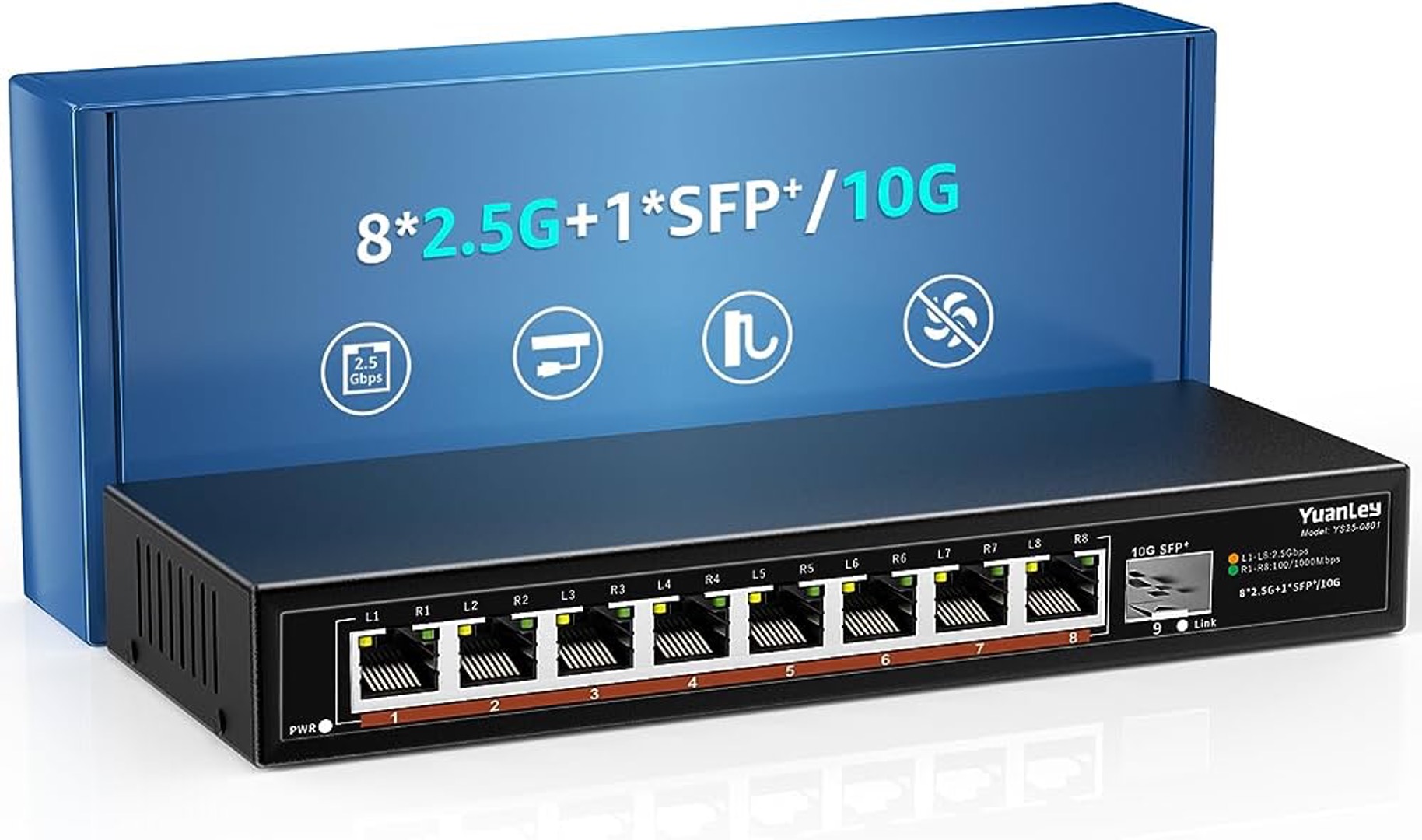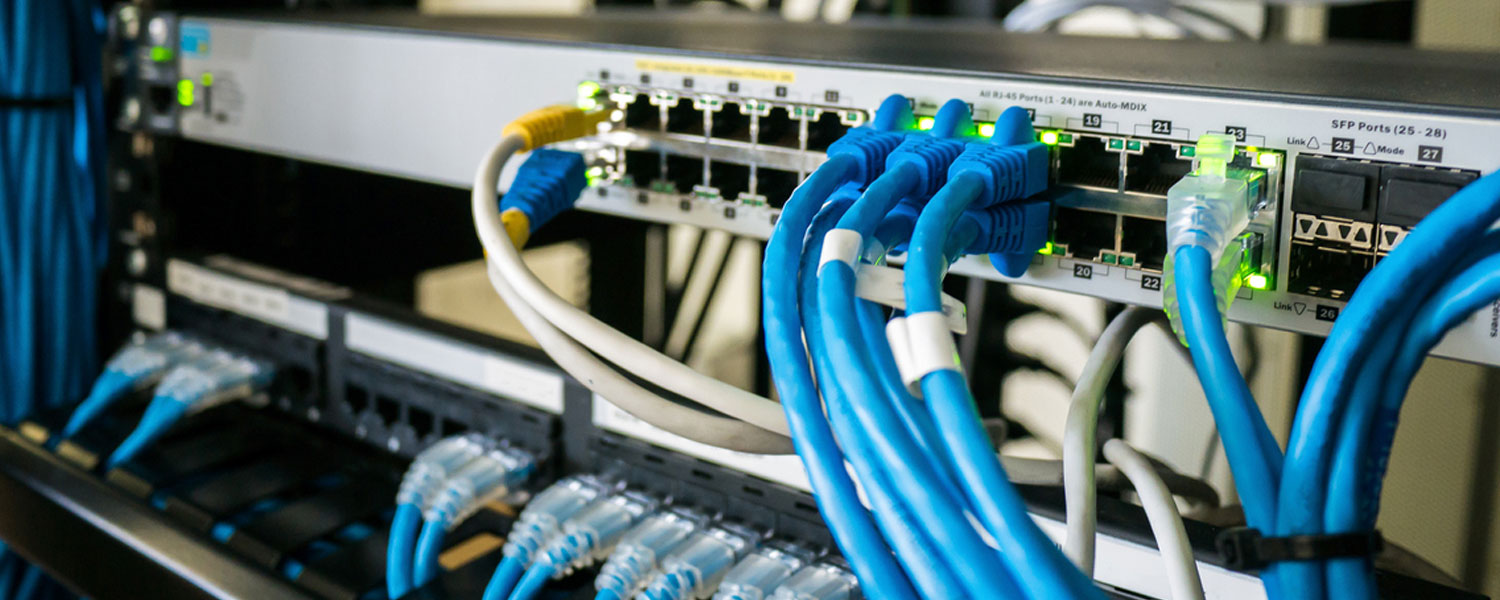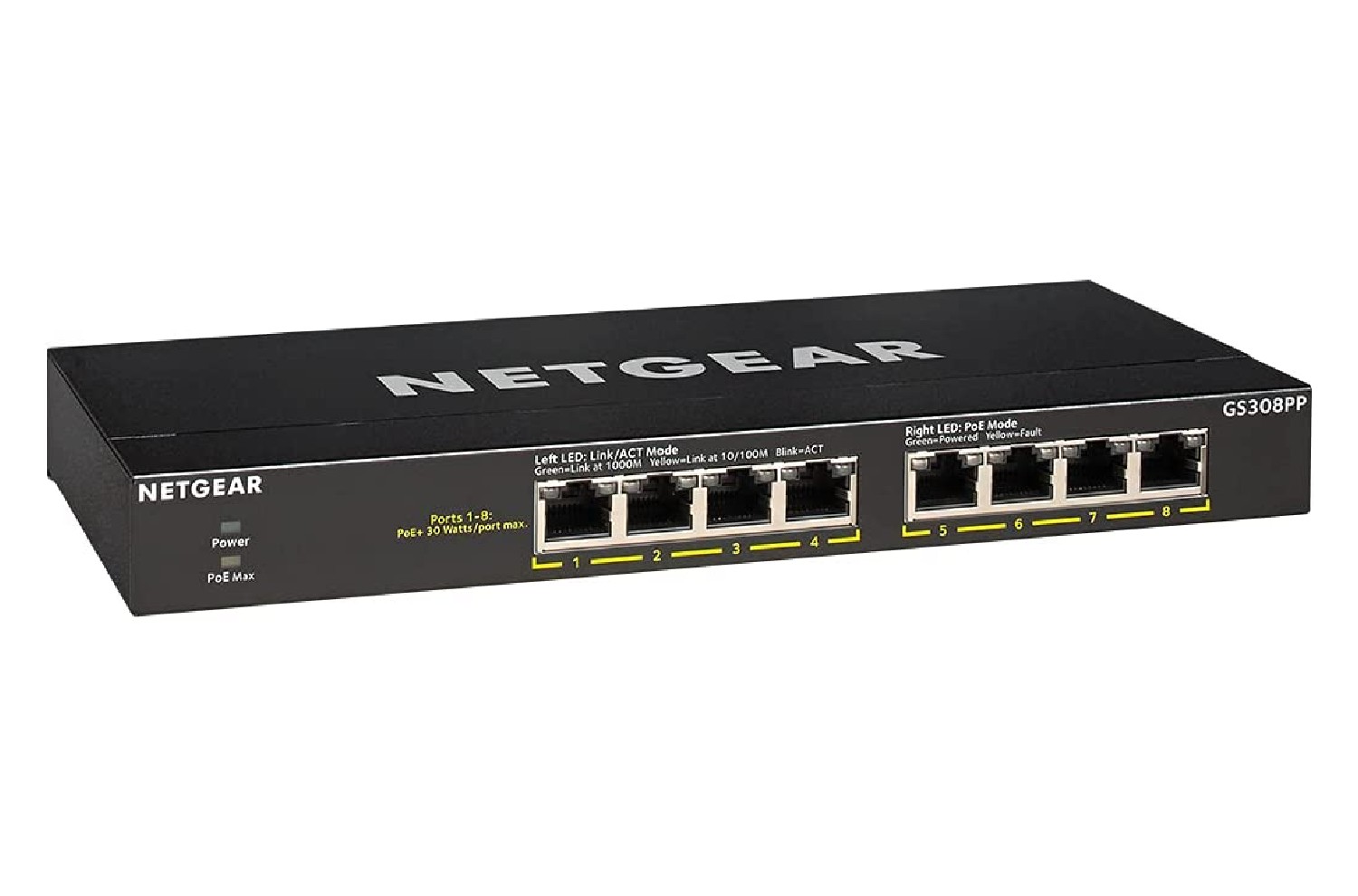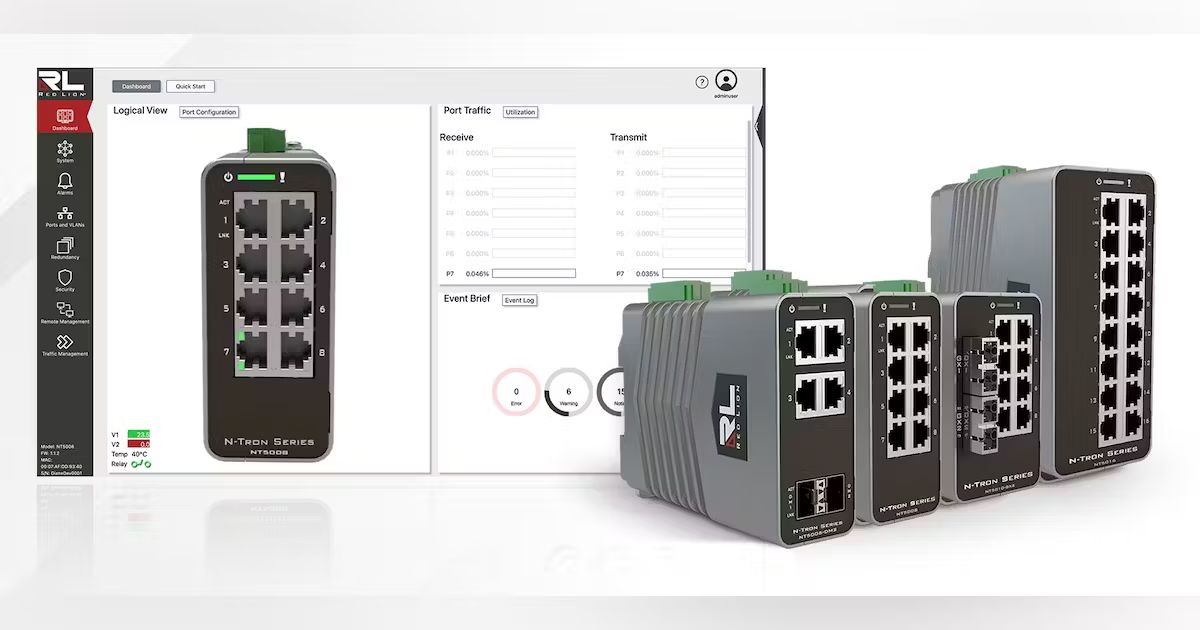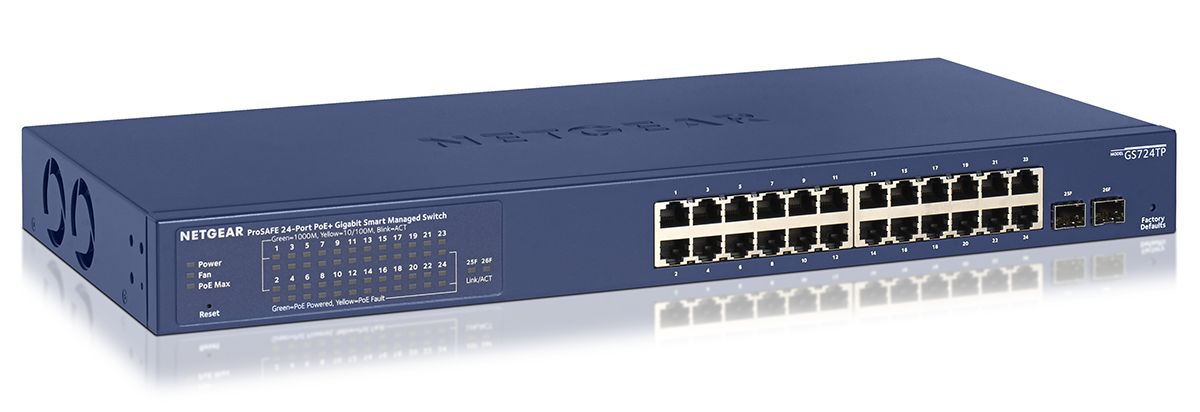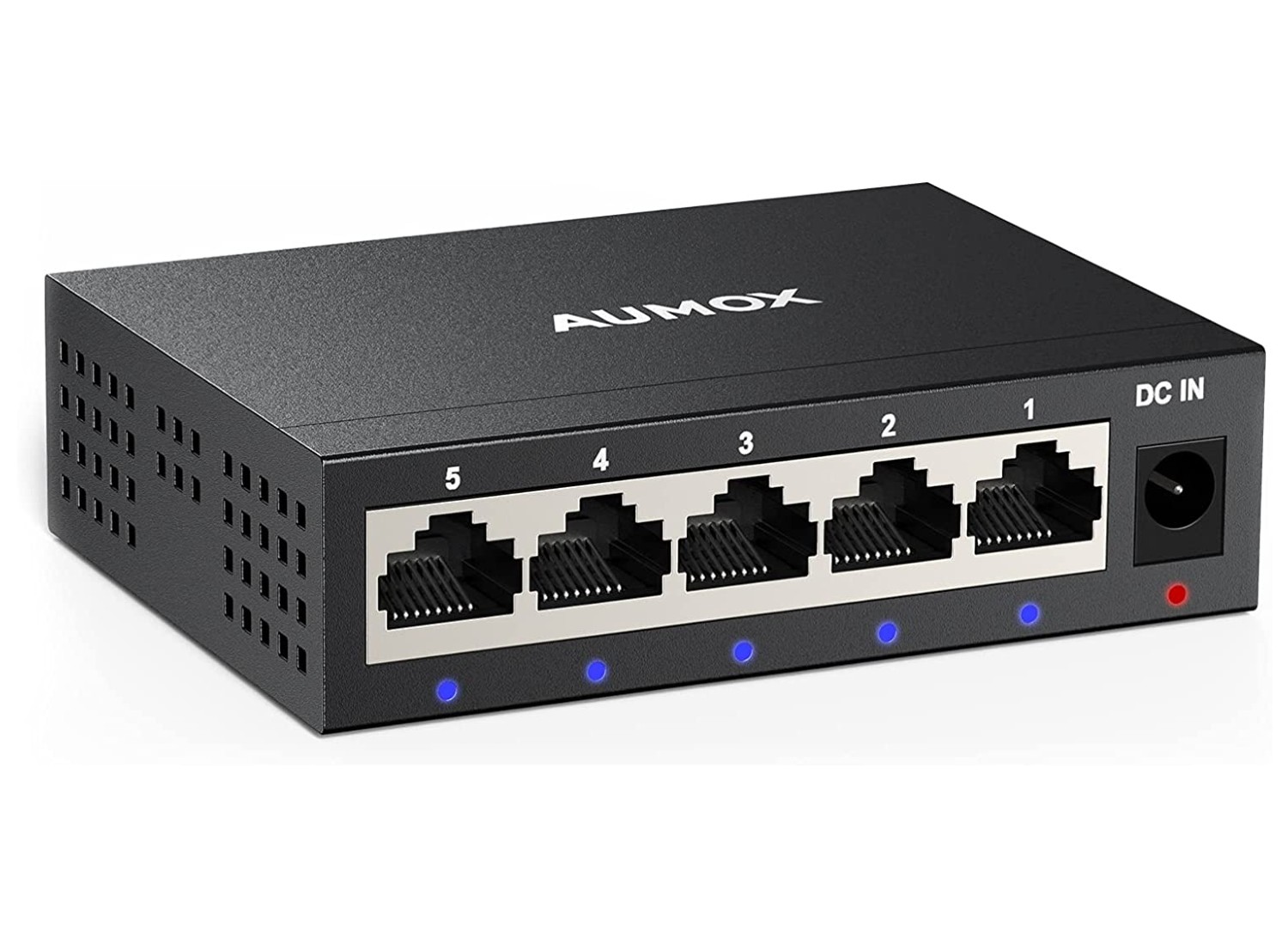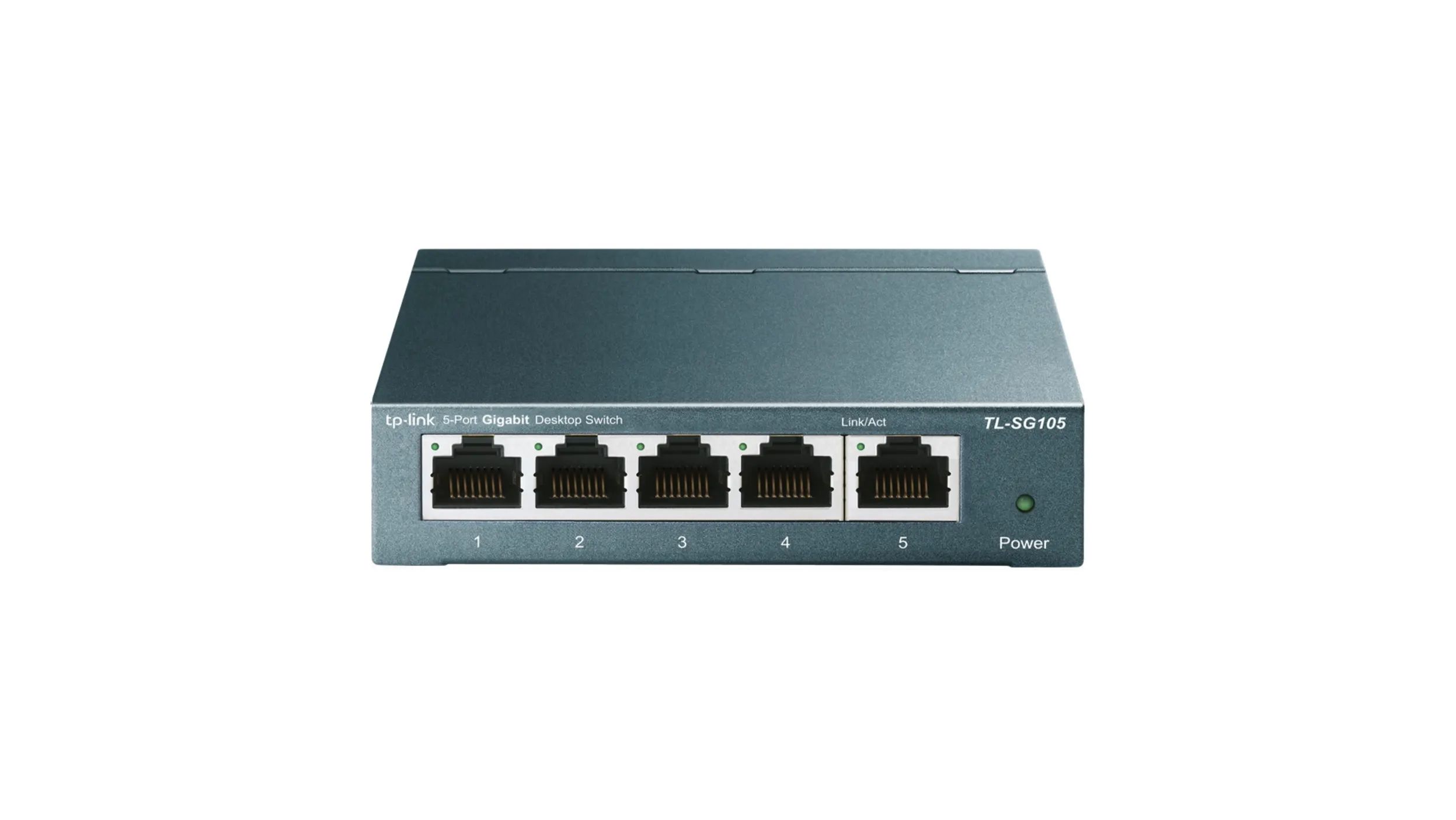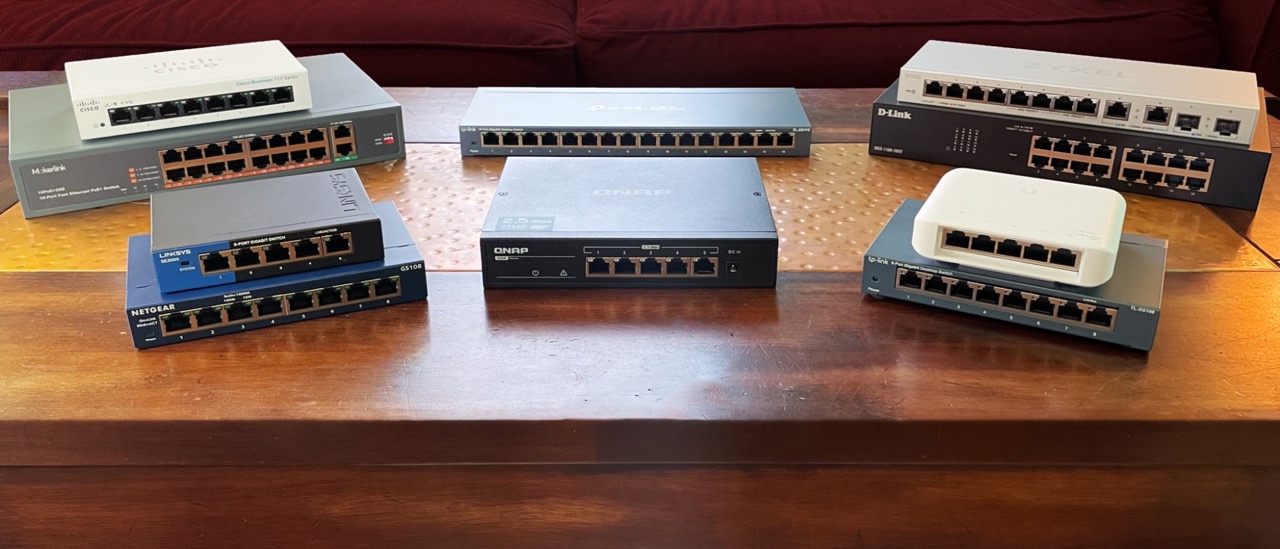Introduction
When we talk about computer networks, we often encounter the term "switching capacity." This concept is crucial in understanding the performance and capability of network switches. In a world where data transfer is a pivotal aspect of modern communication, the switching capacity of a network switch plays a significant role in determining the efficiency and speed of data transmission within a network.
The switching capacity of a network switch refers to the maximum amount of data that the switch can process in a given time frame. It is a vital metric that directly impacts the overall performance of a network. Understanding the switching capacity of a network switch is essential for network administrators, IT professionals, and anyone involved in managing or optimizing network infrastructure.
In this article, we will delve into the intricacies of network switching and explore the concept of switching capacity in detail. We will discuss the importance of switching capacity, factors that affect it, and how to determine the right switching capacity for a network. By the end of this article, you will have a comprehensive understanding of the role that switching capacity plays in network performance and how it influences the design and management of modern computer networks. Let's embark on this journey to unravel the significance of switching capacity in the realm of networking.
Understanding Network Switching
Network switching is a fundamental concept in the field of computer networking. It involves the process of forwarding data packets from the source to the destination within a computer network. In essence, a network switch serves as a central communication device that enables connected devices to share information efficiently. Unlike traditional hub-based networks, where data is broadcast to all connected devices, a network switch intelligently routes data only to the intended recipient, thereby optimizing network performance.
At its core, network switching operates at Layer 2 (Data Link Layer) of the OSI model, where devices are identified by their Media Access Control (MAC) addresses. When a data packet arrives at a network switch, it examines the destination MAC address and forwards the packet only to the port connected to the intended recipient. This process, known as packet switching, allows for simultaneous and independent communication between multiple devices connected to the switch, leading to enhanced network efficiency.
Moreover, network switches come in various types, including unmanaged, managed, and layer 3 switches, each catering to specific network requirements. Unmanaged switches are plug-and-play devices that operate without configuration, making them suitable for small-scale deployments. On the other hand, managed switches offer advanced features such as VLAN support, Quality of Service (QoS) controls, and port mirroring, providing greater flexibility and control over network traffic. Layer 3 switches incorporate routing capabilities, enabling them to make forwarding decisions based on IP addresses, thereby extending their functionality beyond traditional Layer 2 switching.
Understanding network switching is pivotal in grasping the role of switching capacity within the context of network performance. As we delve deeper into the intricacies of switching capacity, it is essential to appreciate the underlying mechanisms and principles of network switching that form the foundation of modern computer networking.
Switching Capacity Explained
Switching capacity, often referred to as backplane bandwidth, is a critical parameter that defines the maximum data throughput a network switch can handle. It represents the aggregate bandwidth available for simultaneous data transmission across all the switch’s ports. In essence, switching capacity determines the volume of data that can be processed by the switch within a specified time frame, typically measured in gigabits per second (Gbps).
Network switches with higher switching capacities can accommodate larger volumes of data traffic without experiencing congestion or performance degradation. This is particularly crucial in environments where high-speed data transfer and low latency are imperative, such as enterprise networks, data centers, and telecommunications infrastructures.
Switching capacity is often associated with the switch’s internal architecture, specifically the backplane or fabric that interconnects the switch’s ports. A robust backplane design with high-speed interconnects ensures efficient data transfer and low latency, thereby enhancing the overall performance of the network switch. Additionally, factors such as the switch’s forwarding rate, packet buffer size, and Quality of Service (QoS) capabilities contribute to its switching capacity.
It is important to note that the switching capacity of a network switch is not synonymous with the data rate of individual ports. While a switch may feature ports with gigabit or 10-gigabit speeds, the overall switching capacity dictates the collective throughput that the switch can sustain across all ports simultaneously. Therefore, when evaluating network switches for deployment in high-demand environments, it is imperative to consider the switching capacity as a key performance metric.
Furthermore, advancements in networking technologies, such as the emergence of multi-gigabit and 10-gigabit Ethernet standards, have propelled the evolution of network switches with higher switching capacities to meet the escalating demands of modern networking applications. As organizations continue to embrace bandwidth-intensive technologies and cloud-based services, the significance of robust switching capacity in network infrastructure becomes increasingly pronounced.
By comprehending the intricacies of switching capacity and its impact on network performance, network administrators and IT professionals can make informed decisions when selecting and configuring network switches to meet the evolving demands of today’s data-centric environments.
Importance of Switching Capacity
The importance of switching capacity in network switches cannot be overstated, as it directly influences the efficiency, scalability, and overall performance of modern computer networks. As data traffic continues to surge and network requirements become more demanding, the significance of robust switching capacity becomes increasingly pronounced in sustaining seamless and high-speed communication within network infrastructures.
One of the primary reasons why switching capacity holds immense importance lies in its role in preventing network congestion. In environments where numerous devices communicate simultaneously, a network switch with ample switching capacity can effectively manage the flow of data packets without causing bottlenecks or slowdowns. This is particularly critical in enterprise settings, where uninterrupted access to mission-critical applications and services is imperative for maintaining productivity and operational continuity.
Moreover, the importance of switching capacity becomes evident in scenarios involving data-intensive applications, such as video streaming, large file transfers, and real-time collaboration tools. Network switches with high switching capacities can accommodate the substantial data volumes generated by these applications, ensuring smooth and uninterrupted data transmission without compromising performance.
Scalability is another key aspect where switching capacity plays a pivotal role. As organizations expand their networks to accommodate growing workloads and increasing numbers of connected devices, the ability to scale network infrastructure without sacrificing performance becomes paramount. Switches with ample switching capacity can support the seamless integration of new devices and services, enabling network expansion without compromising data throughput or introducing latency issues.
Furthermore, the importance of switching capacity extends to the realm of network resilience and fault tolerance. In the event of link failures or network disruptions, switches with high switching capacities can reroute traffic and maintain consistent data flow, thereby contributing to the overall reliability and robustness of the network infrastructure.
By recognizing the significance of switching capacity, organizations can make informed decisions when designing, upgrading, or expanding their network environments. The ability to select network switches with appropriate switching capacities empowers businesses to meet the escalating demands of modern networking applications while ensuring a seamless and responsive user experience across the network.
Factors Affecting Switching Capacity
Several factors influence the switching capacity of network switches, shaping their ability to handle data traffic and meet the demands of modern networking environments. Understanding these factors is crucial for network administrators and IT professionals tasked with optimizing network performance and selecting switches that align with the organization’s requirements.
1. Backplane/Fabric Design: The design and architecture of a switch’s backplane or fabric significantly impact its switching capacity. A high-performance backplane with robust interconnects and low-latency pathways enhances the switch’s ability to process data efficiently. Additionally, the use of advanced switching fabrics, such as crossbar or shared-memory architectures, can elevate the switching capacity of network switches, enabling them to sustain high data throughput.
2. Forwarding Rate: The forwarding rate of a network switch, measured in packets per second (pps), directly influences its switching capacity. A switch with a higher forwarding rate can process and forward data packets more rapidly, contributing to enhanced switching performance and overall throughput. It is essential to consider the forwarding rate alongside the switching capacity when evaluating the suitability of a switch for specific networking requirements.
3. Packet Buffer Size: The packet buffer size of a network switch affects its ability to handle bursts of data traffic without experiencing packet loss or degradation in performance. A larger packet buffer size enables the switch to temporarily store incoming data packets during periods of congestion, mitigating the impact of traffic spikes and ensuring smooth data transmission. The packet buffer size is a critical factor in determining the switch’s resilience in managing fluctuating data loads.
4. Quality of Service (QoS) Capabilities: Network switches equipped with advanced Quality of Service features can prioritize and manage data traffic based on predefined criteria, such as application type, source/destination addresses, or service levels. Effective QoS capabilities contribute to optimizing the utilization of the switch’s switching capacity by ensuring that critical data streams receive preferential treatment, thereby enhancing overall network performance.
5. Port Speed and Density: The speed and density of ports on a network switch directly impact its switching capacity. Switches with higher port speeds, such as 10-gigabit or multi-gigabit Ethernet, can accommodate greater data throughput, thereby influencing the overall switching capacity of the device. Additionally, the density of ports on a switch affects its ability to handle concurrent data traffic from multiple connected devices, further shaping its switching capacity.
By considering these factors, network administrators can make informed decisions when selecting network switches that align with the performance, scalability, and resilience requirements of their network infrastructures. The interplay of these factors underscores the dynamic nature of switching capacity and its significance in shaping the capabilities of modern network switches.
How to Determine the Right Switching Capacity
Determining the appropriate switching capacity for a network switch involves a comprehensive assessment of the organization’s network requirements, anticipated data traffic patterns, and growth projections. By following a systematic approach, network administrators can effectively evaluate and select network switches with the optimal switching capacity to meet the demands of their specific environments.
1. Assess Current and Projected Data Traffic: Begin by analyzing the current data traffic patterns within the network and projecting future growth based on anticipated increases in connected devices, data-intensive applications, and expanding user bases. Understanding the volume and nature of data traffic is essential in gauging the required switching capacity to support ongoing and future network operations.
2. Consider Application and Service Demands: Evaluate the performance requirements of critical applications and services running on the network. Data-intensive applications, real-time communication tools, and cloud-based services may necessitate switches with higher switching capacities to ensure seamless data transmission and user experience. Align the switching capacity with the demands of specific applications to maintain optimal network performance.
3. Factor in Port Speed and Density: Take into account the speed and density of network ports required to accommodate the anticipated data traffic. Higher port speeds, such as 10-gigabit Ethernet, and increased port density contribute to the overall switching capacity of the switch, enabling it to handle concurrent data streams from multiple devices effectively. Matching port capabilities with anticipated traffic volumes is integral to determining the right switching capacity.
4. Evaluate Network Growth and Expansion: Anticipate network growth and expansion initiatives, including the integration of new devices, services, and infrastructure enhancements. The selected switching capacity should align with the scalability requirements of the network, allowing for seamless expansion without compromising data throughput or introducing performance bottlenecks.
5. Assess Resilience and Redundancy Needs: Consider the resilience and fault tolerance requirements of the network. Redundant links, failover mechanisms, and high-availability configurations may influence the desired switching capacity to ensure consistent data flow and network reliability, particularly in mission-critical environments.
6. Engage with Network Equipment Vendors: Consult with reputable network equipment vendors or technology partners to gain insights into the latest advancements in network switches and their switching capacities. Leverage vendor expertise to explore switch models that align with the identified network requirements, performance objectives, and future scalability plans.
By methodically evaluating these considerations, network administrators can identify the right switching capacity that aligns with the organization’s present and future networking needs. This approach empowers organizations to make informed decisions when selecting network switches, ensuring that the chosen devices effectively support the evolving demands of modern network infrastructures.
Conclusion
The switching capacity of network switches stands as a cornerstone of modern networking, shaping the efficiency, scalability, and performance of data transmission within computer networks. As organizations continue to embrace digital transformation and rely on robust network infrastructures to support their operations, the significance of switching capacity becomes increasingly pronounced in meeting the escalating demands of data-centric environments.
By comprehending the intricacies of switching capacity and its impact on network performance, network administrators and IT professionals can make informed decisions when selecting, configuring, and optimizing network switches. The interplay of factors such as backplane design, forwarding rate, packet buffer size, and Quality of Service capabilities underscores the dynamic nature of switching capacity and its pivotal role in sustaining seamless and high-speed communication within network infrastructures.
Furthermore, the ability to determine the right switching capacity for a network switch empowers organizations to align their network infrastructure with current and future requirements, ensuring optimal performance, scalability, and resilience. By assessing data traffic patterns, application demands, port capabilities, network growth projections, and engaging with technology partners, organizations can strategically select network switches with the optimal switching capacity to support their evolving networking needs.
As the digital landscape continues to evolve, the role of switching capacity in network switches will remain integral in facilitating efficient data transfer, supporting bandwidth-intensive applications, and enabling the seamless expansion of network infrastructures. By recognizing the importance of switching capacity and its multifaceted influence on network performance, organizations can leverage this knowledge to build robust, responsive, and future-ready network environments that propel their business objectives forward in the digital age.







